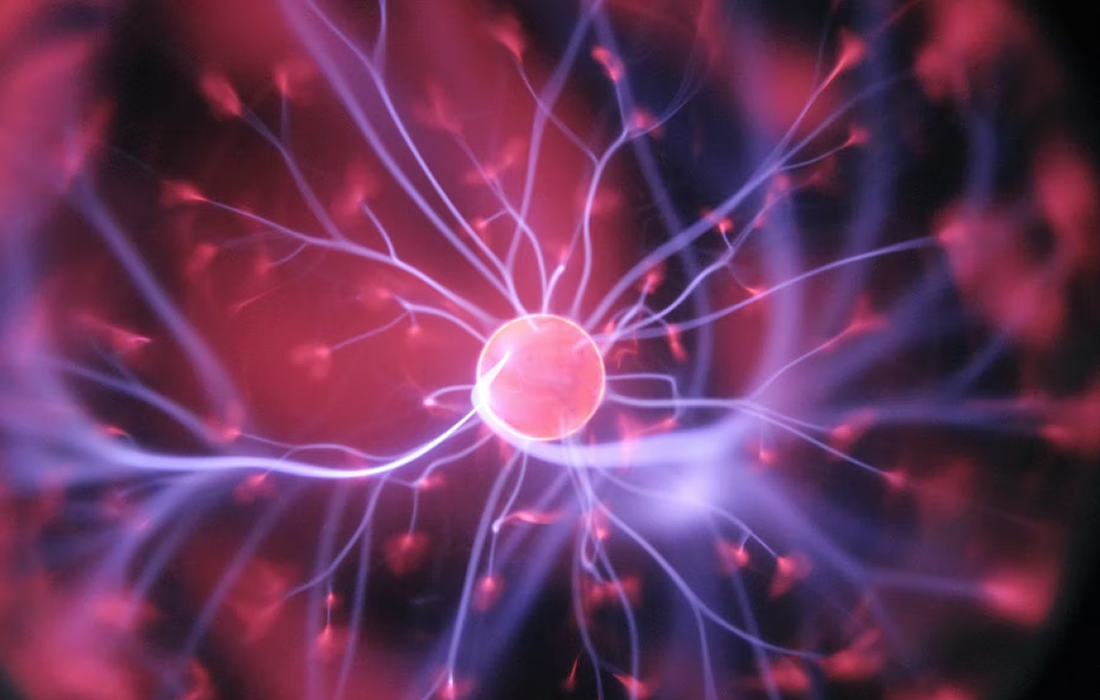Stem Cell Therapy for Specific Conditions
Stem Cells as Promising Therapy for Brachial Plexus Injury
Brachial plexus injury (BPI) is an advanced peripheral nerve injury that results in paralysis of the upper extremities. This injury is often caused by high-energy trauma such as road traffic accidents and young adult groups often experience it. Massive motor neuron damage and impairment functions of the brachial plexus-innervated muscles are the results of severe injury due to the nerve root avulsion of the brachial plexus. Denervation from injury leads to loss of contractile strength and muscle atrophy.
Various attempts have been performed to save the injured motor neurons from degeneration and to recover the peripheral innervation of muscles, including pharmaceutical administrations and microsurgical interventions during the past decade. However, there is still a limitation regarding the long-term motor neuron survival and the functional outcomes.
How does stem cell therapy help?
Recently, strategies for cell replacement have been implemented for treating motor neuron degeneration. Mesenchymal stem cells (MSCs) have become the main interest for neurological repair because of their neural fate and ability to differentiate into neural phenotypes − neural progenitor cells (NPCs).
Grafted NPCs can generate a large quantity of neuron-specific nuclear protein (NeuN)-positive neurons following transplantation into the ventral horn at 2 weeks after the avulsion. Other studies have shown that NPCs can produce brain-derived neurotrophic factor (BDNF), nerve growth factor (NGF), and glial cell line-derived neurotrophic factor (GDNF). Transplanted NPCs were able to differentiate into choline acetyltransferase-positive neurons at 2 weeks after the initial injury. BDNF and GDNF were significantly more upregulated in the ventral cord at 2 weeks after injury than those with immediate transplantation or at 6 weeks post injury.
Bone Marrow Stem Cells (BMSCs)-treated BPI showed an increase in numbers of axons and myelinated fibers, the nerve fibers density, and the numbers of axonal regeneration, and a decrease in axonal degeneration; another study by Yang et al showed a remarkable increase in regenerating the axon’s diameter, myelin sheath’s thickness, and myelinated fibers’ density.
Some studies with human subjects had good results after one week of the administration of stem cells, and after 7-12 months those outcomes started to get better. Such is the case of a study 4 years by Alok Sharma et , where the subjects were a traumatic injury on C5-T1 and they were treated with BMSCs with 2 injections. After the first one they found restoration in abduction-adduction right shoulder, felt contraction of the biceps-triceps. Three months transplantation: improved shoulder pushing movement, evident potent biceps, deltoid, pectoralis, and subscapularis contraction; at 7 months after flicker contraction of major pectoralis were found. After the 2nd dose, the patients started with parestesias on the forearms and presented Tinel sign positive. At the end of the follow up , these patients showed excellent osteomuscular reflexes, and a good hand function.
Stem cells transplantation will become an efficacious treatment for many neurological disorders and injuries. A lot of positive outcomes following cell therapy seem to be related to salvage of the existing tissue rather than the repair or replacement of damaged tissue. The transplanted cells release growth factors, cytokines, and hormones to provide most of the benefits.
Utilization of stem cells in brachial plexus injuries holds promise in enhancing the healing process, regeneration of the nerve and the denervated muscles, as demonstrated by the available preclinical and clinical studies. However, more preclinical and clinical studies are required to further assure the advantages and to determine the most appropriate stem cells to be used in injury cases.
Source:
Tito Sumarwoto , Heri Suroto , Ferdiansyah Mahyudin , Dwikora Novembri Utomo , FNU Romaniyanto , Andhi Prijosedjati , Hari Basuki Notobroto , Damayanti Tinduh , Cita Rosita Sigit Prakoeswa , Fedik Abdul Rantam, Sholahuddin Rhatomy , (June 22, 2022). Prospect of Stem Cells as Promising Therapy for Brachial Plexus Injury: A Systematic Review. Stem Cells and Cloning: Advances and Applications. Stem Cells and Cloning: Advances and Applications.
Image:
Photo by Hal Gatewood on Unsplash

